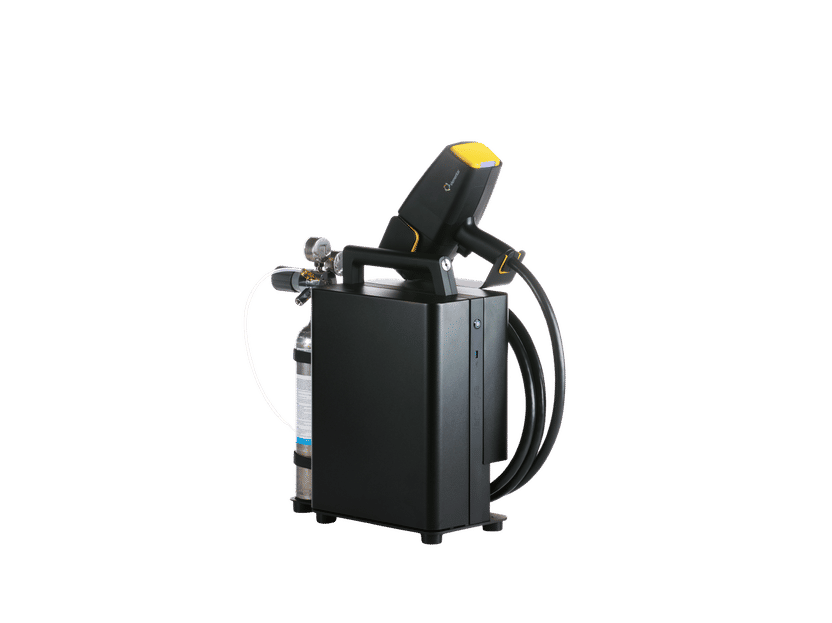LANXESS improves earnings in fiscal 2014 and drives realignment forward rapidly
Net income improved to EUR 47 million
In fiscal 2014, specialty chemicals group LANXESS substantially improved its operating result and net income in a challenging market and competitive environment. While sales declined slightly by 3.5 percent to around EUR 8 billion, EBITDA pre exceptionals increased by 9.9 percent to EUR 808 million. Net income improved by EUR 206 million to EUR 47 million – despite exceptional charges related to the company’s realignment program. At the same time, LANXESS significantly reduced its net indebtedness and tangibly increased operating cash flow.
“Particularly against the background of the persistently challenging business situation, the substantial improvement in earnings is gratifying. The figures also reflect the first benefits from our realignment program, which we are implementing on schedule,” said Matthias Zachert, Chairman of the Board of Management of LANXESS AG. “Nevertheless, a great deal of work still lies ahead of us if LANXESS is to return to the path of long-term success. In the current fiscal year, we will continue to systematically implement our program and set the course for LANXESS’ future.”
Three-phase realignment program progressing on schedule
In August 2014, LANXESS presented a three-phase realignment program. The first phase, focused on improving the competitiveness of the company’s business and administrative structure, including a reduction of around 1,000 positions worldwide, has largely been completed. The reduction of around 500 positions in Germany mainly affected administrative functions and was achieved without dismissals for operational reasons. A further 500 positions are being reduced outside Germany. To date, solutions have been found for about 70 percent of the employees affected. From the end of 2015, LANXESS will achieve savings of around EUR 120 million due to the first-phase measures, rising to EUR 150 million annually from the end of 2016.
The company has also initiated the first measures from the second phase, which is aimed at improving operational competitiveness. In light of current market overcapacities for synthetic rubbers, LANXESS is optimizing its production networks for ethylene propylene diene monomer (EPDM) rubber and neodymium-based performance butadiene rubber (Nd-PBR).
The company intends to stop EPDM rubber production at its Marl, Germany, site at the end of 2015. Within LANXESS’ EPDM production network, the Marl facility is the least competitive due to economy of scale limitations and comparatively high energy and raw material costs.
The workforce in Marl currently totals around 120 people. LANXESS will be entering into negotiations with employee representatives without delay in order to find mutually acceptable solutions for these employees.
During the course of 2016, LANXESS will be focusing Nd-PBR production at its sites in Dormagen, Germany, and Singapore. The Nd‑PBR facilities at the sites in Orange, United States, and Cabo de Santo Agostinho, Brazil, will then exclusively serve the respective region. The capacities thus freed up at the facilities in Port-Jérôme, France, and Orange, will be used in the future to manufacture other butadiene rubber grades. In addition, LANXESS reduces the capacity to use for butadiene rubbers in Orange as part of its flexible asset management, operating only three out of four production lines simultaneously.
Following the reorganization, LANXESS would have one production facility each for EPDM and Nd-PBR rubber in North America, Latin America, Asia and Europe.
The company anticipates a reduction of around 140 positions as well as exceptional charges of some EUR 55 million for the reorganization of its production networks for EPDM and Nd-PBR. From the end of 2016, it expects to achieve annual savings of around EUR 20 million.
Further measures in the second phase of the realignment are currently under development, including the optimization of sales and supply chains and of production processes and facilities. The results of these activities should be visible in the second half of 2015.
The third phase of the program is aimed at improving the competitiveness of the business portfolio, particularly through cooperations in the rubber business. LANXESS is currently in talks with potential partners and will possibly report on these in the second half of 2015.
Other news from the department business & finance

Get the chemical industry in your inbox
By submitting this form you agree that LUMITOS AG will send you the newsletter(s) selected above by email. Your data will not be passed on to third parties. Your data will be stored and processed in accordance with our data protection regulations. LUMITOS may contact you by email for the purpose of advertising or market and opinion surveys. You can revoke your consent at any time without giving reasons to LUMITOS AG, Ernst-Augustin-Str. 2, 12489 Berlin, Germany or by e-mail at revoke@lumitos.com with effect for the future. In addition, each email contains a link to unsubscribe from the corresponding newsletter.



























































